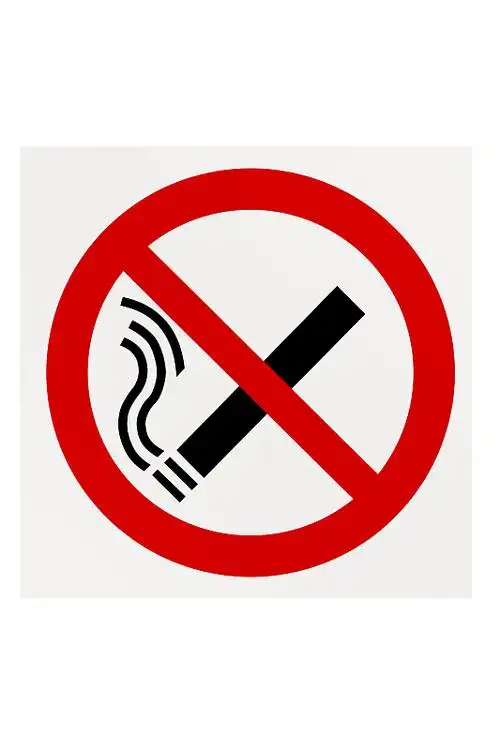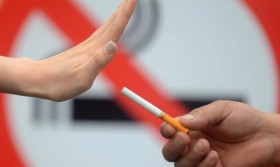Title: Lighting Up the Risk: How Smoking Fuels Recurrence of Surgical Pneumothorax
Barotrauma-induced pneumothorax, a condition where air leaks into the pleural space—often due to rapid pressure changes from activities like scuba diving or mechanical ventilation—presents a significant clinical challenge. While surgical intervention, typically video-assisted thoracoscopic surgery (VATS) with bleb resection and pleurodesis, is the gold standard for preventing recurrence, its success is not guaranteed. A critical and modifiable factor casting a long shadow over surgical outcomes is tobacco smoking. A growing body of evidence unequivocally demonstrates that smoking acts as a powerful catalyst, dramatically increasing the risk of pneumothorax recurrence after surgery. This relationship is not merely correlational; it is deeply rooted in the profound pathophysiological havoc that cigarette smoke wreaks on the entire respiratory system, impairing healing and perpetuating the underlying disease state.
The Surgical Goal and the Ideal Outcome
To understand smoking's detrimental impact, one must first appreciate the objectives of surgery for spontaneous pneumothorax, often stemming from barotrauma events. The primary goals are twofold: first, to identify and resect the source of the air leak, usually a ruptured subpleural bleb or bulla; and second, to create a robust pleural adhesion through pleurodesis. Pleurodesis is a process of obliterating the pleural space by provoking inflammation between the visceral and parietal pleura, causing them to fuse. This fusion prevents air from accumulating in the future, effectively "gluing" the lung to the chest wall. In an ideal scenario, a patient with healthy lung tissue undergoes surgery, the resected area heals perfectly, and the pleurodesis creates a strong, permanent adhesion, rendering recurrence nearly impossible.
Smoking's Pathophysiological Assault on Healing
This ideal scenario is systematically dismantled by the toxic cocktail of over 7,000 chemicals found in cigarette smoke. The mechanisms through which smoking sabotages surgical success are multifactorial and synergistic.
1. Impaired Ciliary Clearance and Chronic Inflammation
The respiratory epithelium is equipped with cilia—microscopic, hair-like structures that rhythmically beat to move mucus and trapped particles upward and out of the airways. Nicotine and tar paralyze this mucociliary escalator, leading to mucus stasis and bacterial colonization. This creates a state of chronic bronchitis and low-grade inflammation even before surgery. Post-operatively, this environment is a significant handicap. The body's initial healing response is an inflammatory one, but in a smoker, this process is already dysregulated and excessive. Instead of a controlled, productive inflammatory phase that leads to tissue repair, the smoker's lung is flooded with pro-inflammatory cytokines (e.g., TNF-α, IL-1, IL-8), creating a hostile environment for wound healing and increasing tissue fragility.
2. Protease-Antiprotease Imbalance and Tissue Destruction
A key component of emphysema—a common finding in smokers' lungs—is the protease-antiprotease imbalance. Smoke inhalation activates inflammatory cells (neutrophils and macrophages), which release a surge of proteolytic enzymes like elastase. These enzymes break down elastin, a critical protein that provides elasticity to the lung parenchyma and visceral pleura. Simultaneously, smoke oxidants deactivate alpha-1 antitrypsin, the primary inhibitor of these enzymes. The unchecked action of elastase weakens the lung architecture, making the tissue more prone to developing new, fragile blebs and bullae adjacent to the surgical site. Even if the original culprit bleb is removed, the surrounding lung tissue remains fundamentally compromised and susceptible to rupture from minor pressure changes.
3. Hypoxia and Microvascular Damage
Carbon monoxide (CO) in smoke has a 250-times greater affinity for hemoglobin than oxygen, forming carboxyhemoglobin and drastically reducing oxygen delivery to tissues. Furthermore, nicotine is a potent vasoconstrictor, reducing blood flow to the microvasculature. Healing tissue has a massively increased demand for oxygen and nutrients. Post-operative hypoxia and impaired perfusion create an ischemic environment at the surgical margins and the pleura. This ischemia directly impedes collagen synthesis, fibroblast proliferation, and epithelialization—all essential processes for sealing the resection lines and forming strong pleural adhesions. A weak, poorly vascularized adhesion is more likely to fail.

4. Direct Inhibition of Fibroblast Function
Fibroblasts are the workhorses of tissue repair, responsible for depositing the collagen matrix that forms scars and adhesions. Studies have shown that cigarette smoke extract directly inhibits fibroblast migration, proliferation, and collagen production. This means the very cells tasked with creating the permanent seal after pleurodesis are functionally compromised. The resulting pleurodesis is more likely to be incomplete or fragile, leaving tracts where air can once again dissect into the pleural space.
Compounding the Risk: Coughing
The post-operative period is particularly precarious. The inevitable coughing fits experienced by all patients after thoracic surgery, often due to airway irritation from the endotracheal tube and residual anesthesia, pose a direct mechanical threat. In a smoker with chronically inflamed and weakened lung tissue, these forceful coughs generate sudden, dramatic intra-alveolar pressure spikes. This barotrauma can be sufficient to rupture new or existing blebs, causing a post-operative air leak or even a full-blown recurrent pneumothorax, sometimes before the patient has even left the hospital.
Clinical Evidence and the Imperative for Cessation
Numerous clinical studies have quantified this risk. Meta-analyses consistently show that current smokers have a significantly higher recurrence rate following surgical intervention for pneumothorax compared to never-smokers and former smokers. The risk is dose-dependent, linked to pack-year history. Crucially, the data also offers a beacon of hope: cessation works. Patients who quit smoking for a substantial period before surgery (often recommended >4 weeks) show recurrence rates that approach those of never-smokers. This is because many of the inflammatory processes begin to subside, and ciliary function starts to recover, although the emphysematous structural damage may be permanent.
The conclusion is inescapable. Smoking is not a peripheral risk factor but a central driver of surgical failure in pneumothorax patients. It undermines healing at every level—biological, mechanical, and cellular. Therefore, preoperative counseling must be aggressive and unequivocal. Surgeons must frame smoking cessation not as a lifestyle suggestion but as an integral, non-negotiable part of the surgical treatment plan itself. For a patient undergoing surgery to prevent a life-threatening recurrence, quitting smoking is perhaps the most powerful single action they can take to ensure the procedure's success and secure their long-term respiratory health.











